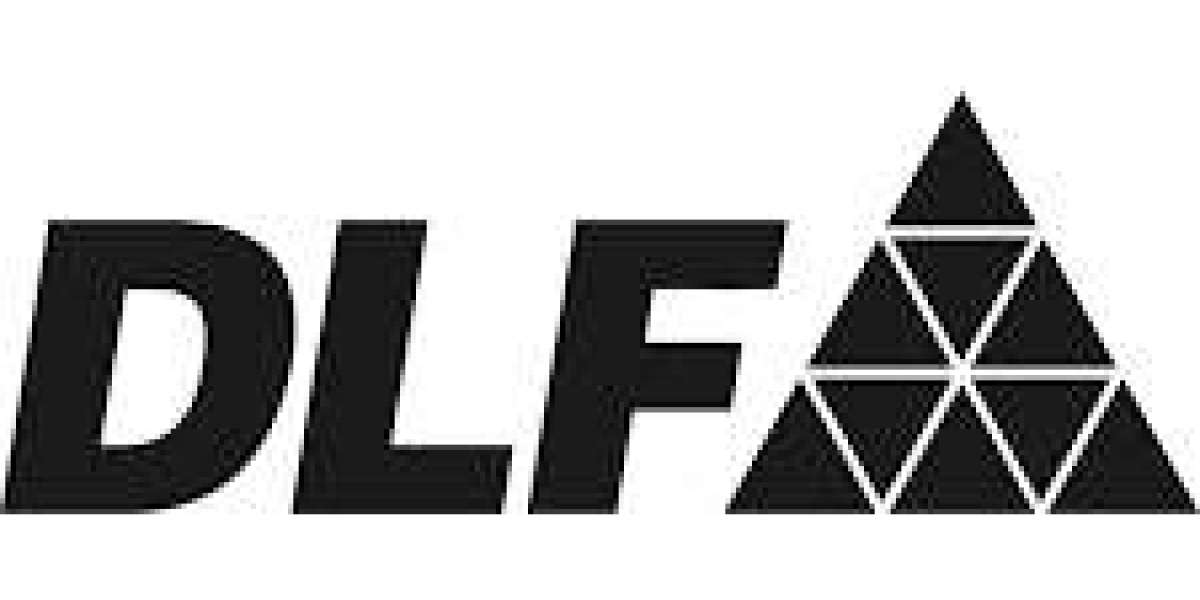Introduction to DLF Ltd.
DLF Ltd. is one of India’s largest real estate companies, known for its commercial, residential, and retail developments. With a legacy spanning over seven decades, DLF has played a pivotal role in transforming urban landscapes across India, developing iconic residential communities, office spaces, and retail hubs. This SWOT analysis provides an in-depth look at DLF Ltd.’s strengths, weaknesses, opportunities, and threats, shedding light on the company's market position and future growth prospects.
Strengths of DLF Ltd.
1. Strong Brand Recognition and Legacy
DLF enjoys strong brand recognition in India, owing to its long-standing presence in the real estate market. The company has a track record of delivering high-quality projects, which has earned it trust and credibility among homebuyers, corporate clients, and investors.
- Reputation for Quality: DLF’s reputation for delivering premium projects, especially in sectors like luxury residential, commercial office spaces, and retail, gives it a competitive advantage in attracting high-net-worth individuals (HNIs) and corporate clients.
- Diversified Portfolio: The company has developed a wide range of properties, from affordable housing to high-end luxury apartments and commercial spaces, catering to diverse customer segments.
2. Extensive Land Bank
One of DLF’s key strengths is its large land bank, strategically located in prime areas across major Indian cities. This provides the company with a significant advantage for future development projects.
- Prime Locations: DLF owns land in key cities such as Delhi-NCR, Mumbai, Bengaluru, Chennai, and Kolkata, which are among India’s fastest-growing urban areas. The ability to develop in these locations positions DLF well for future growth and value appreciation.
- Long-Term Growth Potential: The extensive land bank allows DLF to plan long-term projects, giving it flexibility in responding to market trends and customer demands.
3. Leadership in Commercial Real Estate
DLF is a market leader in commercial real estate, with a strong presence in the office and retail sectors. The company has developed landmark office buildings and retail malls that are considered premium in their respective markets.
- Iconic Developments: Projects such as DLF Cyber City in Gurgaon and DLF Emporio in Delhi have established DLF as a leader in the commercial and retail real estate space.
- Strong Tenant Base: DLF’s commercial properties attract top multinational corporations (MNCs) and Fortune 500 companies, ensuring a stable and recurring rental income.
4. Robust Financial Performance
DLF has demonstrated consistent financial performance, supported by strong revenue generation from its residential, commercial, and rental income streams.
- Stable Cash Flows: The company’s focus on leasing high-quality commercial assets provides stable and predictable cash flows, which help in managing debt and funding new developments.
- Debt Reduction Initiatives: DLF has been actively reducing its debt levels through asset sales and focusing on building its rental portfolio, which has improved its financial stability.
Weaknesses of DLF Ltd.
1. High Debt Levels
Despite efforts to reduce debt, DLF has historically carried high debt levels, which can limit its ability to invest in new projects and impact profitability.
- Interest Burden: The company’s high debt load increases its interest expense, which affects overall profitability. This limits financial flexibility in the face of market downturns or economic uncertainties.
- Impact on Growth Plans: Managing debt levels could slow down the pace of expansion and new project launches, especially in a highly competitive market.
2. Exposure to Cyclical Real Estate Market
The real estate industry is inherently cyclical, and DLF is exposed to market volatility due to economic slowdowns, changes in interest rates, and shifts in demand.
- Dependence on Economic Conditions: A downturn in the economy or a decline in consumer purchasing power can negatively affect demand for residential and commercial properties.
- Inventory Build-Up: During slower market periods, DLF could face challenges in offloading inventory, which can strain liquidity and increase holding costs.
3. Regulatory Challenges
The real estate sector in India is subject to various regulatory approvals and compliance requirements, which can cause delays in project completion and increase costs.
- Delays in Approvals: Obtaining regulatory clearances and environmental approvals for large projects can be time-consuming, leading to delays in project launches and completion timelines.
- Legal Disputes: DLF has faced legal challenges in the past related to land acquisitions and regulatory compliance, which have affected its reputation and financial performance.
Opportunities for DLF Ltd.
1. Growth in Tier 2 and Tier 3 Cities
With the Indian government’s focus on urbanization and development of smart cities, there are significant opportunities for real estate development in Tier 2 and Tier 3 cities.
- Rising Demand for Affordable Housing: Rapid urbanization, increasing disposable incomes, and favorable government policies, such as the Pradhan Mantri Awas Yojana (PMAY), have led to rising demand for affordable housing in smaller cities.
- Expansion in New Markets: DLF can capitalize on this trend by expanding its presence in these cities and developing residential and commercial projects to cater to emerging markets.
2. Expansion of Rental and Commercial Business
There is growing demand for premium office spaces and organized retail developments in India, especially in urban areas driven by economic growth and increasing consumerism.
- Leasing Opportunities: The growth of co-working spaces and demand for premium office spaces from MNCs provide a lucrative opportunity for DLF to expand its commercial leasing portfolio.
- Retail Expansion: The rise of organized retail and luxury shopping malls offers opportunities for DLF to develop high-end retail projects and boost its rental income from retail spaces.
3. Focus on Sustainable Development
With an increasing global emphasis on sustainability and green buildings, DLF has the opportunity to differentiate itself by adopting sustainable building practices.
- Green Buildings: By focusing on environmentally friendly designs and energy-efficient buildings, DLF can attract environmentally conscious clients and tenants, enhancing its brand value.
- Government Incentives: There are government incentives and regulations encouraging the development of green buildings and sustainable infrastructure, which can reduce costs and improve operational efficiency.
4. Digital Transformation
Digital transformation in the real estate sector, including the use of technology in construction, property management, and virtual sales platforms, presents opportunities for DLF to enhance customer experience and operational efficiency.
- PropTech Innovations: By adopting PropTech solutions such as virtual tours, AI-driven customer service, and online property transactions, DLF can enhance customer engagement and streamline its sales processes.
- Smart Homes and Buildings: The increasing demand for smart homes and digitally integrated office spaces offers DLF the chance to cater to tech-savvy customers and corporate clients.
Threats to DLF Ltd.
1. Economic Slowdown
A slowdown in the Indian economy or a global recession can have a significant impact on the real estate sector, affecting property sales, leasing demand, and overall market sentiment.
- Reduced Consumer Spending: Economic uncertainty or inflation can reduce consumer spending power, leading to lower demand for real estate investments, especially in luxury residential and commercial segments.
- Delayed Investments: In times of economic downturn, investors may delay real estate investments, affecting DLF’s ability to generate sales and expand its project pipeline.
2. Competitive Pressure
The Indian real estate market is highly competitive, with numerous players vying for market share, especially in the residential sector.
- Price Wars: Increasing competition could lead to pricing pressure, forcing DLF to reduce prices or offer incentives to attract buyers, which could impact profitability.
- New Entrants: New entrants or established developers expanding into DLF’s core markets could pose a threat, leading to increased competition for prime land and customers.
3. Regulatory and Policy Changes
Changes in government policies, regulations, or taxation can have a direct impact on the real estate sector.
- Tax Reforms: Changes in real estate taxation or policies related to GST, RERA, or land acquisition laws could increase operational costs or create delays in project execution.
- Environmental Regulations: Stricter environmental regulations could lead to higher compliance costs or delays in obtaining approvals for large-scale projects.
Conclusion
DLF Ltd. remains a market leader in the Indian real estate industry, with its strong brand recognition, vast land bank, and leadership in commercial real estate serving as key strengths. However, the company faces challenges such as high debt levels, regulatory hurdles, and market competition. By capitalizing on opportunities in emerging markets, sustainable development, and the expansion of its commercial leasing portfolio, DLF is well-positioned to drive long-term growth. To maintain its leadership, DLF must continue to innovate and navigate challenges posed by economic and regulatory changes.








